The International Union for Conservation of Nature Red List of Endangered Species (or IUCN Red List, referred to as the Red Book) was compiled in 1963 and is the most comprehensive list of the current conservation status of animal and plant species in the world. This list is compiled and maintained by the International Union for Conservation of Nature.
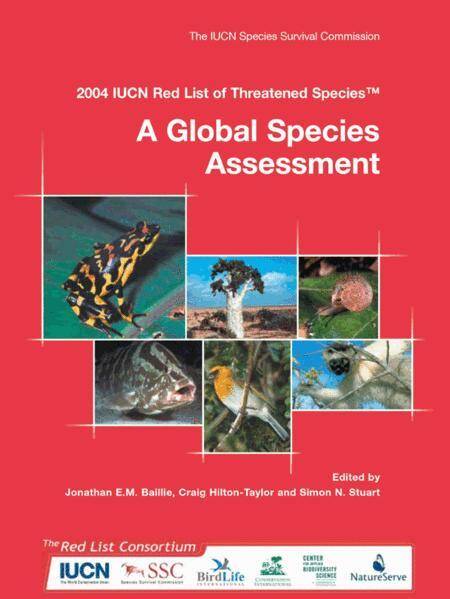
The conservation status of a species refers to the likelihood that the species will continue to survive. Many factors may influence a species' conservation status: not just simple survival numbers, but overall population growth or decline over time, feeding success, known threats, and more.
The main species assessment organizations include BirdLife International, the World Conservation Monitoring Center and the expert groups within the Species Survival Committee of IUCN. All told, the groups assessed nearly half of the species on the Red List.
On September 4, 2021, the 7th World Conservation Congress was held in Marseille, France. The International Union for Conservation of Nature has updated its Red List of Threatened Species. The "Red List" assesses 138,374 species, of which 38,543 species "face varying degrees of risk of extinction", accounting for nearly 28%.

Species protection levels are divided into 9 categories, which are classified according to the rate of population decline, total number of species, geographical distribution, group dispersion and other criteria. The highest level is Extinct (EX), followed by Extinct in the Wild (EW), "Critically Endangered" (CR) ), "Endangered" (EN) and "Vulnerable" (VU) are collectively referred to as "threatened", and the others are Near Threatened (NT), Least Concern (LC), Data Deficient (DD), and Not Assessed ( NE).
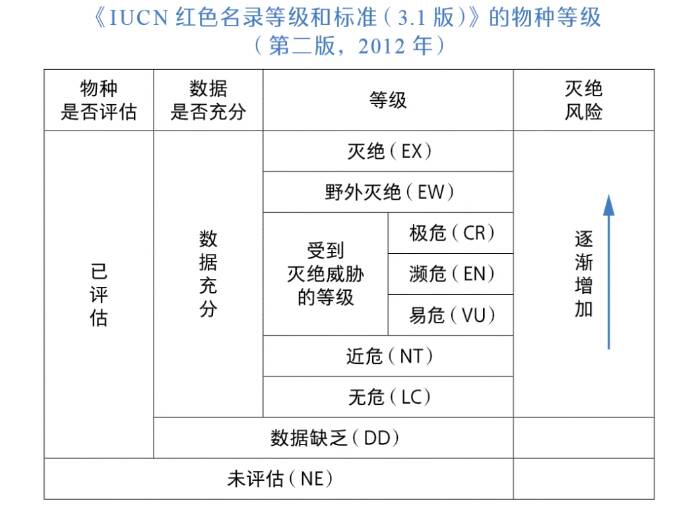
1. Extinction (EX)
A taxon is considered extinct if there is no reason to suspect that the last individual has died; at the appropriate time (day, season, year), conduct a thorough survey of known and possible habitats. If no findings are found Any individual is considered extinct.
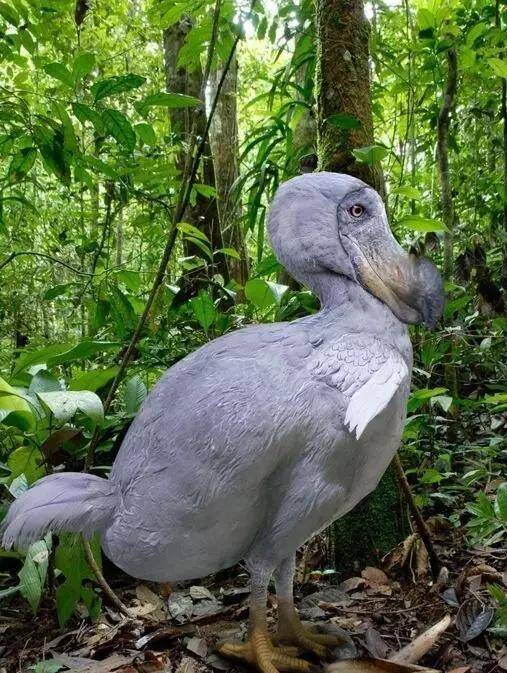
Example: The extinct dodo
It is estimated that more than 99% of the species that once lived on the earth, and a total of more than 5 billion species have become extinct, and we will no longer be able to witness their splendor. Estimates of the current number of species on the earth range from 10 million to 14 million. About 1.2 million of these have been documented and more than 86% have yet to be described. In 2016, scientists reported that of the estimated 1 trillion species currently on Earth, only one thousandth of one percent have been described.
2. Extinction in the Wild (EW)
If a biological taxon is known to live only under cultivation or captivity conditions or only as a naturalized population (or population) in a habitat far away from its past habitat, the taxon is considered extinct in the wild.
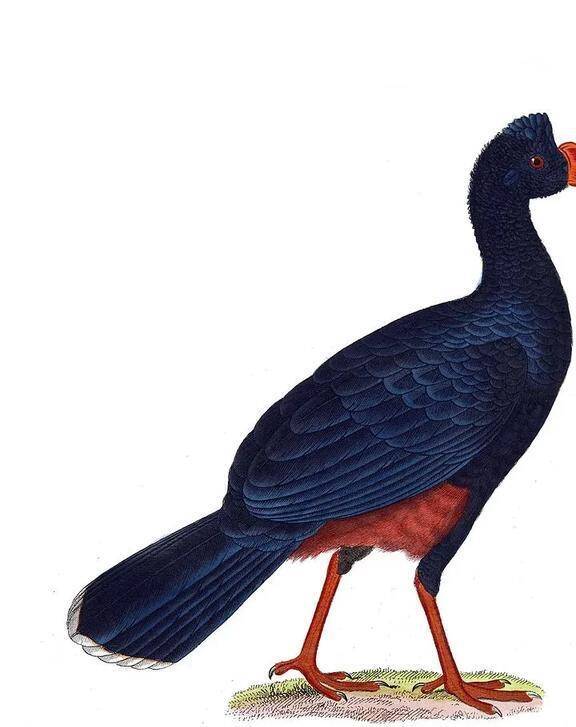
For example: Razor-billed Crested Pheasant
Extinction in the wild is a conservation status that occurs when known individuals of a species or its subspecies only survive in captivity, or when its population needs to be released into the wild before it can return to the place where it historically existed. Being classified as such protects the status quo.
3. Critically endangered (CR)
A taxon is classified as critically endangered when its wild population faces a very high risk of imminent extinction.
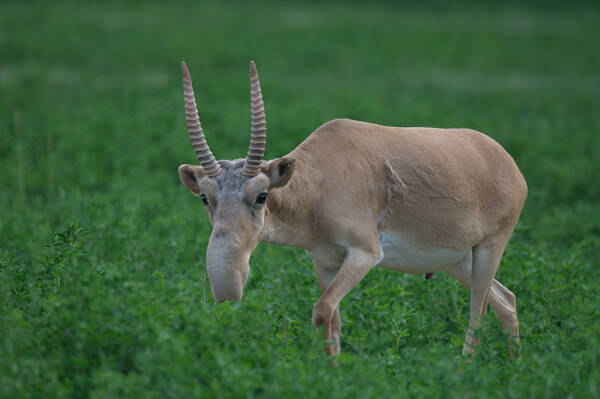
For example: saiga antelope
A critically endangered species means that its wild population faces a very high chance of extinction. It is a rating second only to extinct and extinct in the wild. IUCN's strict definition is that the three generations of the species have declined by 90% or more in the past or recent decade. Captive breeding is often used to protect critically endangered species, but some people believe that it is more important to rebuild populations under natural conditions.
4. Endangered (EN)
The 2012 International Union for Conservation of Nature Red List of Threatened Species lists 3,079 species of animals and 2,655 species of plants as endangered species around the world. In 1998, there were 1,102 endangered animal species and 1,197 endangered plant species.
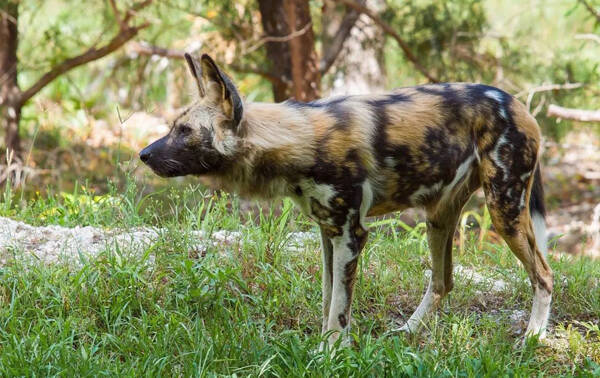
Example: African Wild Dog
Endangered species refer to species whose wild populations face a high probability of extinction in the near future due to various reasons such as overfishing, poaching, environmental damage, scarcity, and narrow habitats. The extinction of a key species may disrupt the local food chain, cause ecosystem instability, and may ultimately lead to the collapse of the entire ecosystem.
5. Vulnerable (VU)
When a biological taxon does not meet the criteria of critically endangered or endangered, but its wild population faces a high probability of extinction in the future, the taxon is classified as a vulnerable species.

Vulnerable species refer to existing organisms that are about to become endangered species. For example, they are affected by environmental factors and may have a relatively high threat of extinction in the medium term. There are currently about 8,565 species classified as "vulnerable" on the Red List. One of the more representative ones is the great white shark.
6. Near Threatened (NT)
When a biological taxon does not meet the criteria of critically endangered, endangered or vulnerable, but in the future, it is close to meeting or may meet the threat level, the taxon is classified as near endangered.
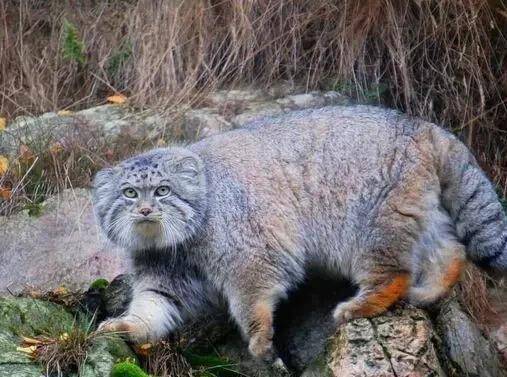
For example: rabbit
Near-threatened species refer to species whose protection status is relatively low, but may become endangered or extinct in the near future. IUCN needs to frequently reassess the species level in this range to ensure its endangered status.
7. No risk (LC)
When a biological taxon is assessed as not reaching the standards of critically endangered, endangered, vulnerable, or close to being endangered, the taxon is listed as a species that requires attention, that is, a species of least concern; taxa that are widely distributed and rich in species belong to this category. grade.

Example: Bald Eagle
Species of least concern, also known as species of low concern, are one of the species conservation status classifications of the International Union for Conservation of Nature. They refer to existing species that have been assessed as not belonging to other categories. They are neither endangered species nor near-threatened species, nor do they need to protect their living environment. These species are less threatened.
8. Data deficiency (DD)
When there is insufficient data to directly or indirectly determine the distribution or population status of a biological taxon to assess the degree of extinction risk it faces, the taxon is considered to be data deficient.

For example: killer whale
Data deficiency is a taxonomic marker used when insufficient information is known about a species to allow a correct assessment of its conservation status. This does not necessarily mean that the species has not been studied extensively; but it does mean that there is little or no information on its abundance and distribution.
9. Not evaluated (NE)
If a taxon has not been evaluated applying this criterion, the taxon may be classified as not evaluated.
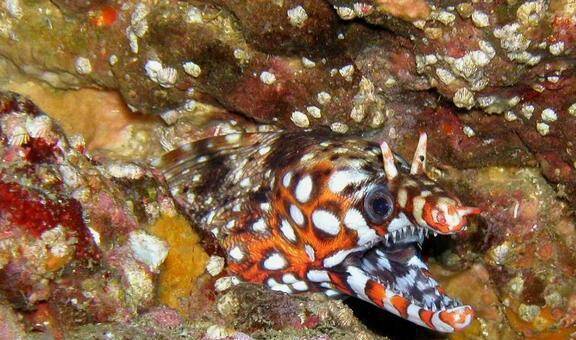
For example: leopard eel
Unassessed means that the species/subspecies has not been studied or assessed by the International Union for Conservation of Nature, or is temporarily deemed not to require urgent attention and resources should be invested in the confirmation and classification of other species first.
Of all assessed species, a total of 16,118 are considered threatened, of which 7,725 are animals, 8,390 are plants, and 3 are lichens and mushrooms. The list lists 784 species that have become extinct since AD 1500, the same number as in 2004. Compared with the 766 species published in 2000, there are 18 more species. Every year, a small number of extinct species are rediscovered and placed in the "Lazarus taxon" (an archaeological term that refers to species that appear and disappear in the fossil record), or placed in the Data Deficient (DD) category. In 2002, the number of extinct species dropped to 759, but has since rebounded.

On July 21, 2022, Beijing time, the World Conservation Union updated the Red List of Endangered Species. The list shows that the paddlefish, a species unique to the Yangtze River, has become extinct, and the Yangtze sturgeon is extinct in the wild.
animal tags: IUCN
We created this article in conjunction with AI technology, then made sure it was fact-checked and edited by a Animals Top editor.